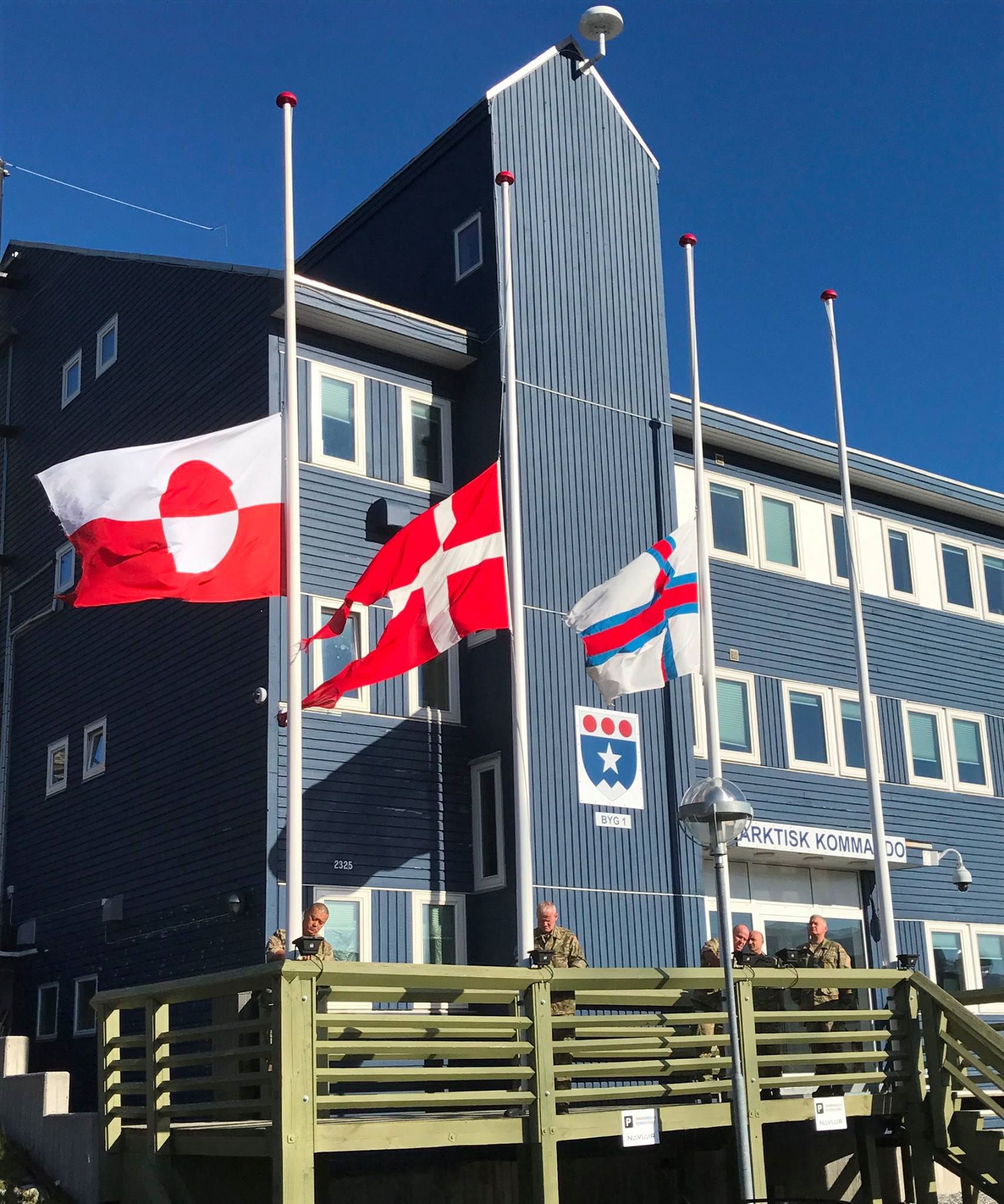Denmark’s new military spending plan doesn’t boost forces in the Arctic
Greenland and the Arctic are set to remain a defense priority for Copenhagen — but not to see additional military funding.
A Danish government proposal to invest 12.8 billion kroner ($2.1 billion) in the nation’s military over the next six years would see the Arctic remain a priority for the armed forces, but calls for no new measures to increase its presence there.
“Together with Greenland and the Faroe Islands, the military must continue to safeguard our common interests in the North in order to ensure that Kingdom of Denmark remains strong [in the region],” reads to the proposal, which was presented Wednesday by Prime Minister Lars Løkke Rasmussen and Defense Minister Claus Hjort Frederiksen.

In the Arctic, the government’s proposal for what it labels “a strong defense” of the Arctic calls for providing a “relevant presence” that supports its policy of keeping the region a low-tension area.
Nevertheless, the government also recognizes that increased activity in the Arctic requires Denmark to continue efforts to step up its military presence there and improved monitoring capacity.
Part of this will be through improved recruitment efforts in Greenland and the Faroes, and a work-experience program that seeks to give 15-year-olds an introduction to the military’s Arctic Command.
The proposal also calls for funding to be set aside for pollution-control efforts in Arctic waters and for cleaning up abandoned American military bases in Greenland.
The proposals come after the Folketing, the national assembly, approved in December a request to earmark an extra 120 million kroner each year for Arctic operations. The funding, a small fraction of the military’s overall 20 billion kroner budget, will go towards re-establishing a former naval base in Greenland.
Today’s proposal is a step in a political process that involves the government trying to get as many parties in parliament as possible to agree on how much money to spend on defense, what the military’s priorities should be, and whether any organizational changes need to be made.
Though not a strategy or threat assessment, the proposal reflects the Danish military’s priorities and influences how forces operate. For example, the current 2013-2017 agreement, set a goal of establishing an Arctic Command to coordinate operations in Greenland, the Faroe Islands and Denmark’s territorial waters in the Arctic.
The 2018-2023 proposal focuses primarily on countering military threats abroad as a member of the NATO alliance, but homeland defense and cyber-security also figure prominently.
“Propaganda campaigns challenge our democratic principles and established rules, while in the Arctic, there is increased activity and military presence. These are challenges which we cannot afford to ignore,” the proposal states.
Typically, the Danish navy has four naval vessels patrolling Greenlandic and Faroese waters, where they are also responsible for coast-guard, law-enforcement and fisheries-inspection operations.
The military’s only permanent land forces in Greenland consist of the Sirius patrol, a group of six two-man special-operations reconnaissance dogsled teams that patrol northeastern Greenland.